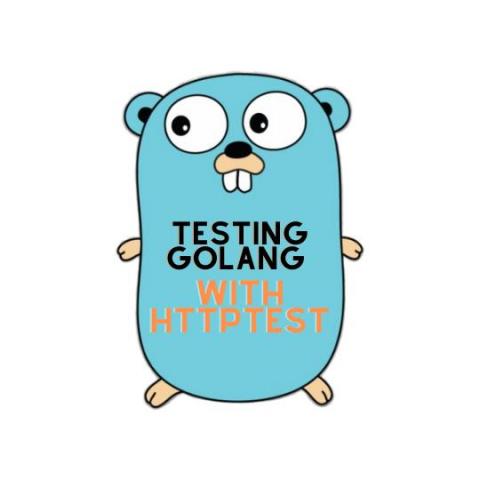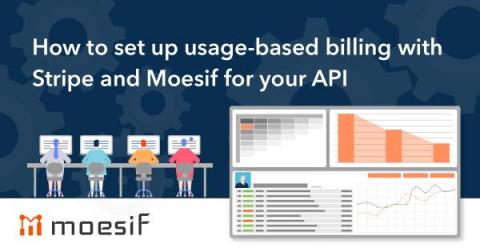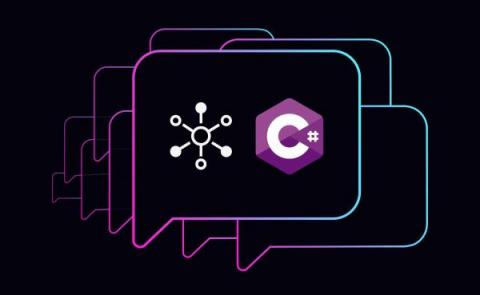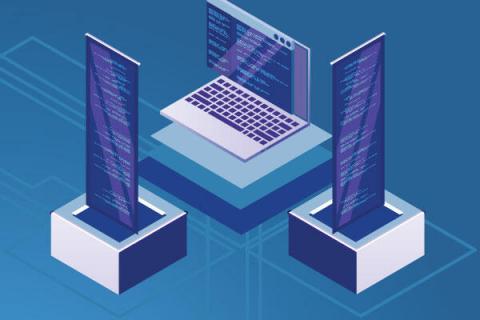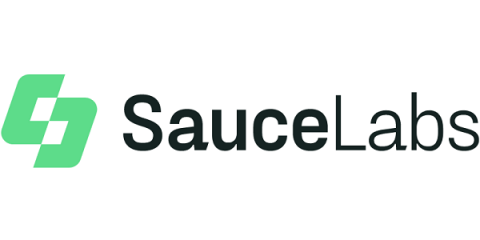A Platform-Based Future: Fireside Chat With Envoy Creator and Lyft Engineer Matt Klein
Recently, I was fortunate to have an insightful conversation with Matt Klein, Lyft software engineer and creator of Envoy, the popular open-source edge and service proxy for cloud-native applications. Envoy was the third project to graduate from the Cloud Native Computing Foundation (CNCF), following Kubernetes and Prometheus. Before Lyft, Matt held positions at Microsoft, Amazon and Twitter, and served on the oversight committee and board of the CNCF.



